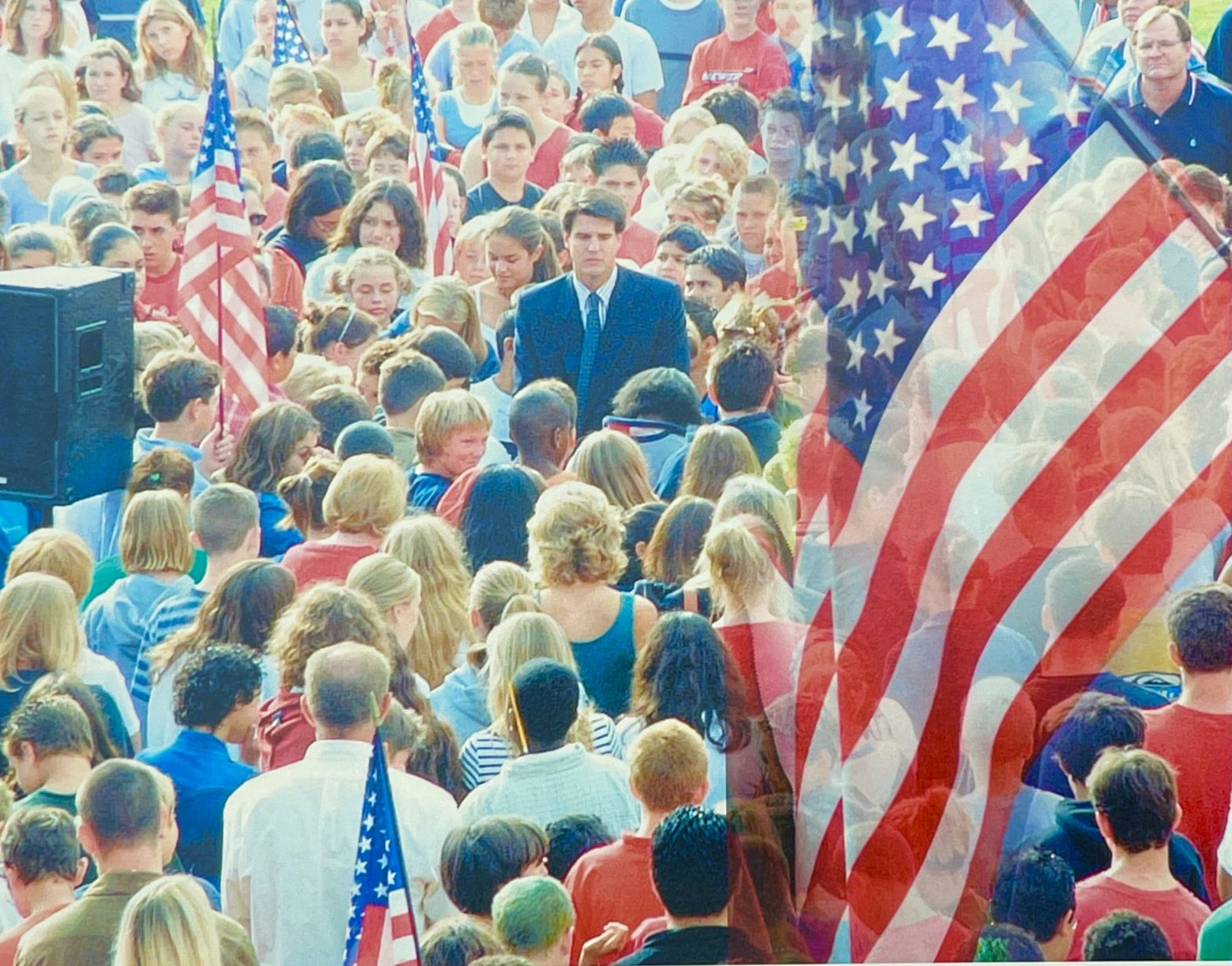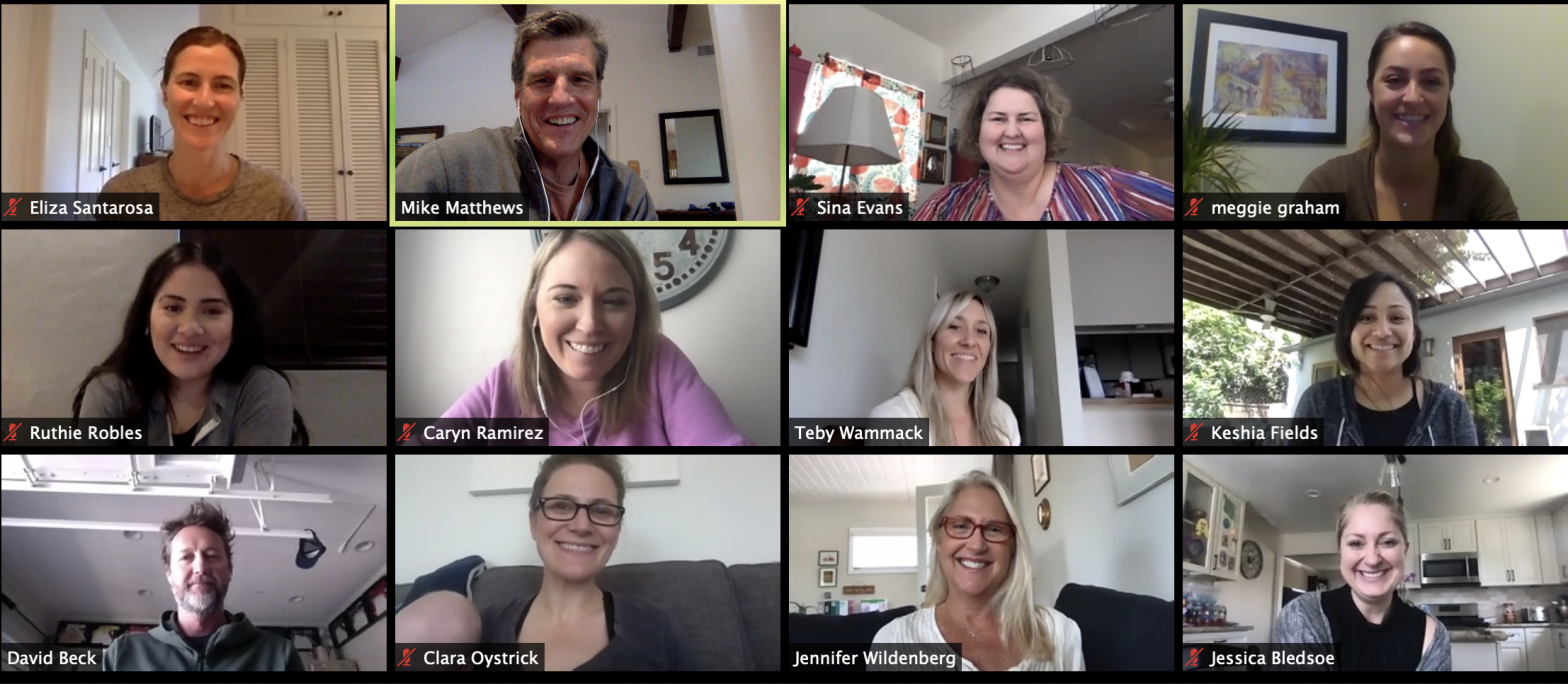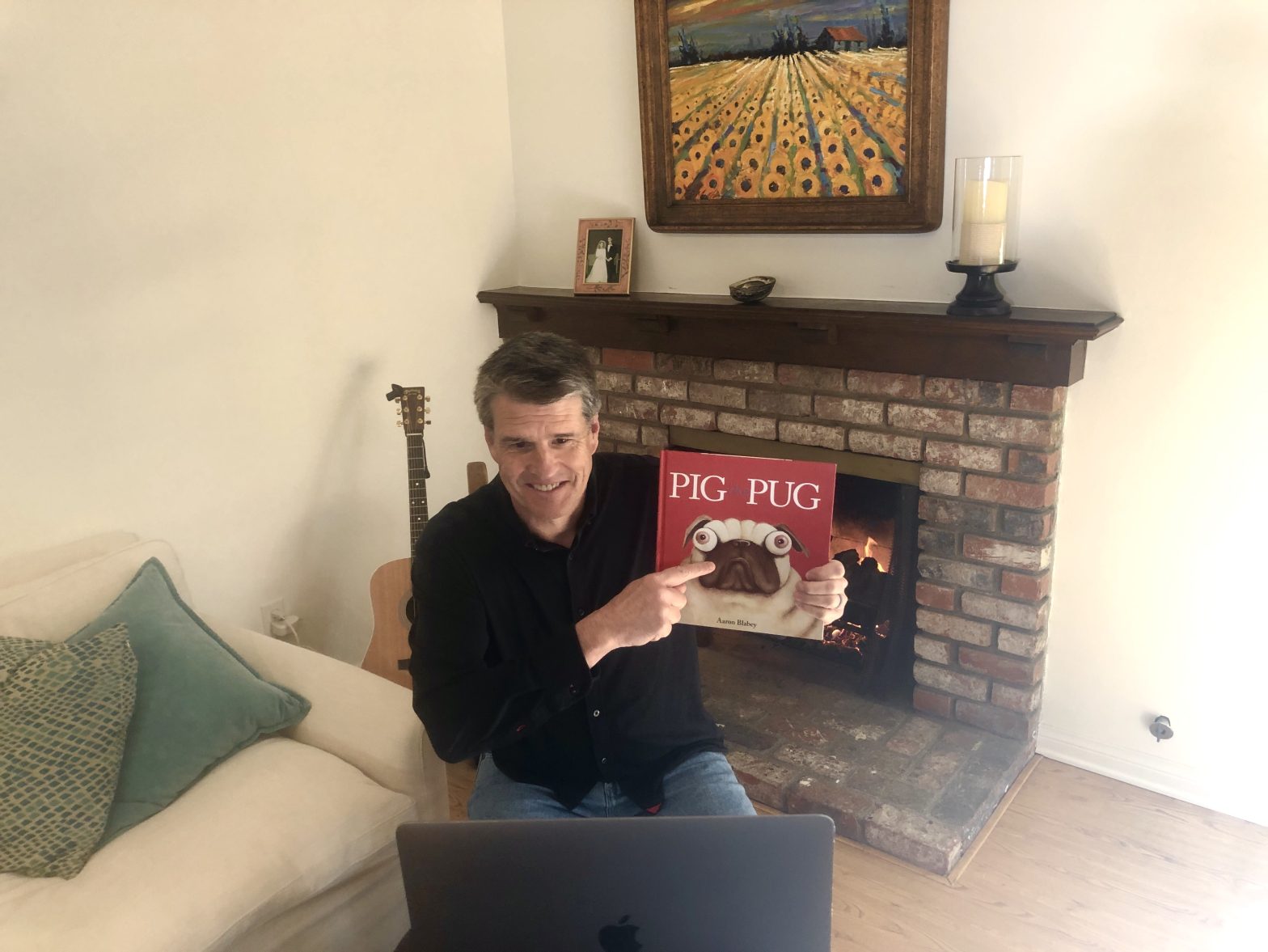
Remembrances of 9/11/2001
September 11, 2021
I love driving by the stunningly beautiful Pepperdine University campus, located on Pacific Coast Highway overlooking the Malibu coast, especially in early fall. Just 10 miles from my home, I passed it on my commute twice a day, every day, for about 17 years. The university’s close proximity was a key factor in the decision […]
9-11 / American Flag / Malibu High School / Manhattan Beach / Pat Matthews / Pepperdine

Reflections on School and Life in the Midst of COVID-19 – (#6, Counselors, April 7, 2020)
April 7, 2020
I did not have any counselors in my high school. We had an English teacher, Mr. Bersey, who offered to help students in the college application process, but that was about it. Overnight, he went from being my sophomore year English teacher who taught me words like zephyr and zenith and who also gave me […]
Catholic High School / counseling / counselor / COVID-19 / Distance Learning / Manhattan Beach / mbms / MBUSD / mira costa / SEL / social emotional wellness / Superintendent

Reflections on School and Life in the Midst of COVID-19 – (#4, Distance Learning, March 28, 2020)
March 28, 2020
People are seeking to know the expectations and objectives this new distance learning paradigm. I drafted a set of objectives for our district, then received feedback from a number of teachers and instructional leaders, and together we have developed version one of the MBUSD Objectives for Distance Learning.
Blog / Catholic High School / COVID-19 / Distance Learning / Manhattan Beach / MBUSD / San Lorenzo / Superintendent


